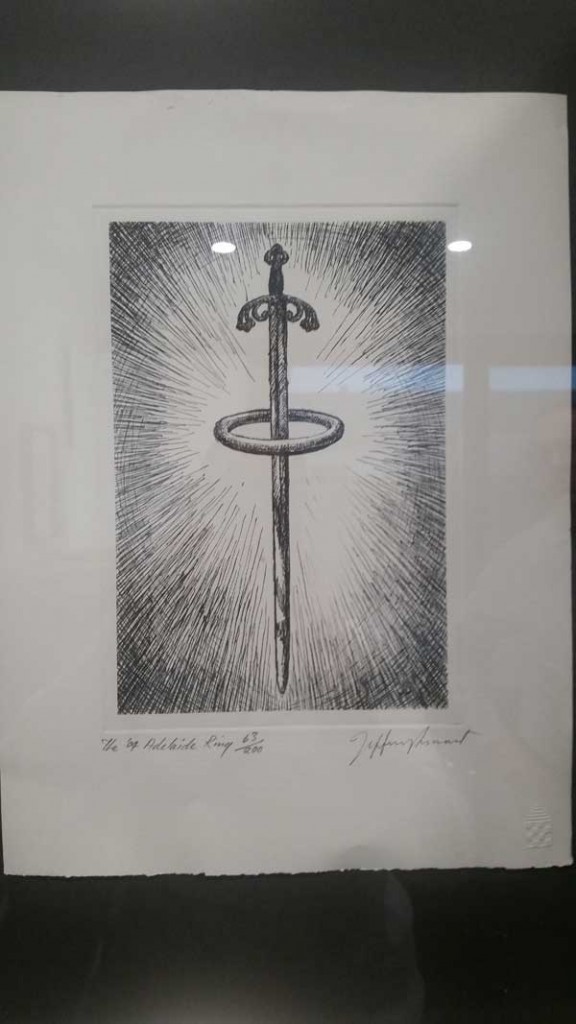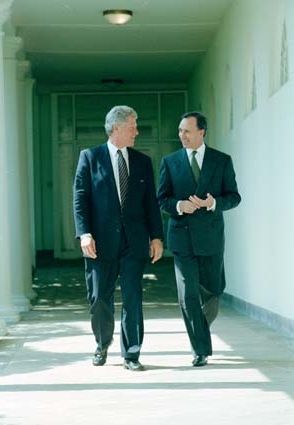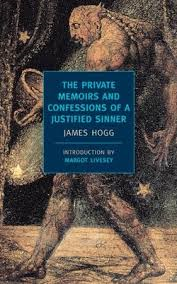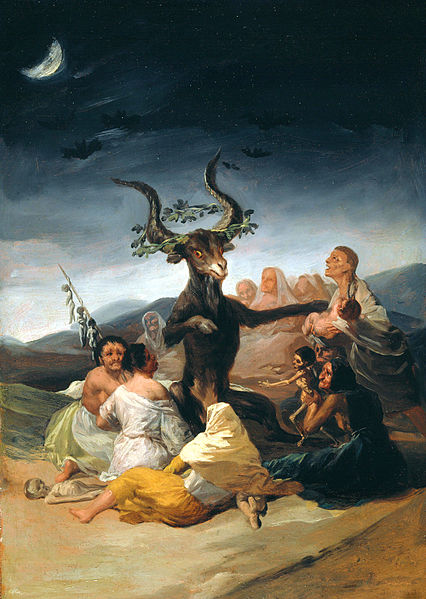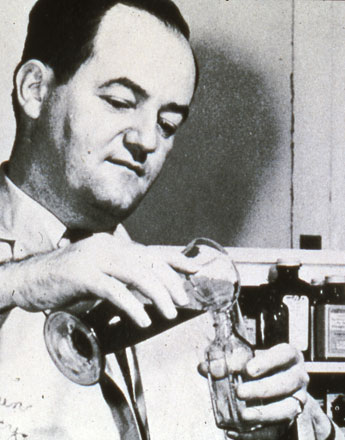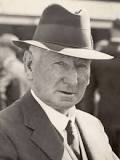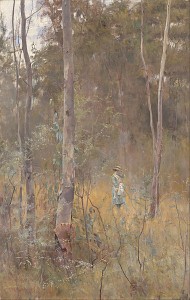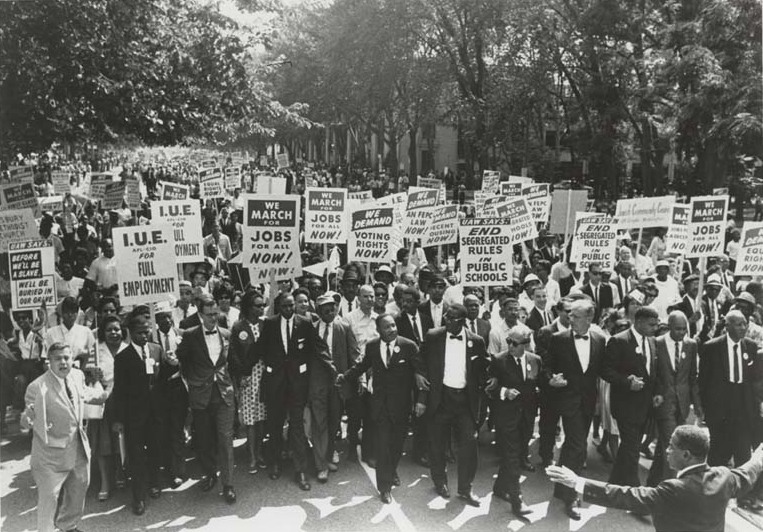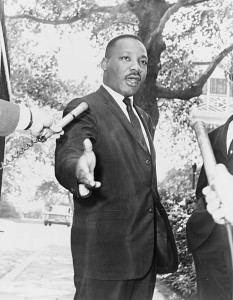The Varnished Culture's Thumbnail Reviews
Regularly added bite-sized reviews about Literature, Art, Music & Film.
Voltaire said the secret of being boring is to say everything.
We do not wish to say everything or see everything; life, though long is too short for that.
We hope you take these little syntheses in the spirit of shared enthusiasm.
Der Ring Des Nibelungen
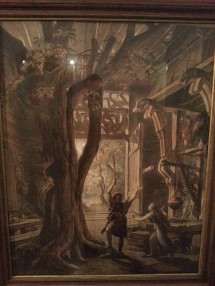
(Melbourne, 2013)
As Barry Millington observed, it’s “the story of a man who buys a house and can’t keep up the payments.” But it is so much more of course.
The greatest music-drama yet concocted was staged by Opera Australia in late 2013, as well as could be done outside of one’s own head (save for Adelaide 2004). At the cycle’s end, you had the same feeling as when leaving the Sistine Chapel – that of awe and exhaustion. It was directed by Neil Armfield, conducted by Pietari Inkinen. Kudos all round.
Continue Reading →Rijksmuseum Moments

We spent the better part of a day drinking in the marvels contained in this lovely Dutch pile of bricks.
A Franz Hals portrait of a couple reminded me of Rose & Freddy West. We didn’t think much of the Night Watch, we have to admit, preferring Rembrandt’s Denial of St Peter with its third-degree searchlight from nowhere. Rembrandts in wonderful abundance, recalling Wyndham Lewis’ observation that “No serious artist thinks or propagates the notion for his own use that anything better can be done than such works as hang above Rembrandt’s name in Amsterdam or the Hermitage.”
Corot never sold a painting. I wonder why? He spent two years getting the light right. It explains the trees. His use of mauve has been corrupted beyond measure; in his case, first was best. Then we took a canal cruise past Anne Frank’s house. There were folks from the West Country, who asked among themselves ‘Who’s Anne Franks?” in rich, mellifluous tones and gave the answer that she was some kind of Nazi. ‘He who forgets the past is condemned to repeat it…..’ On a roll, TVC saw the Van Gogh museum and then smoked crack with some hookers.
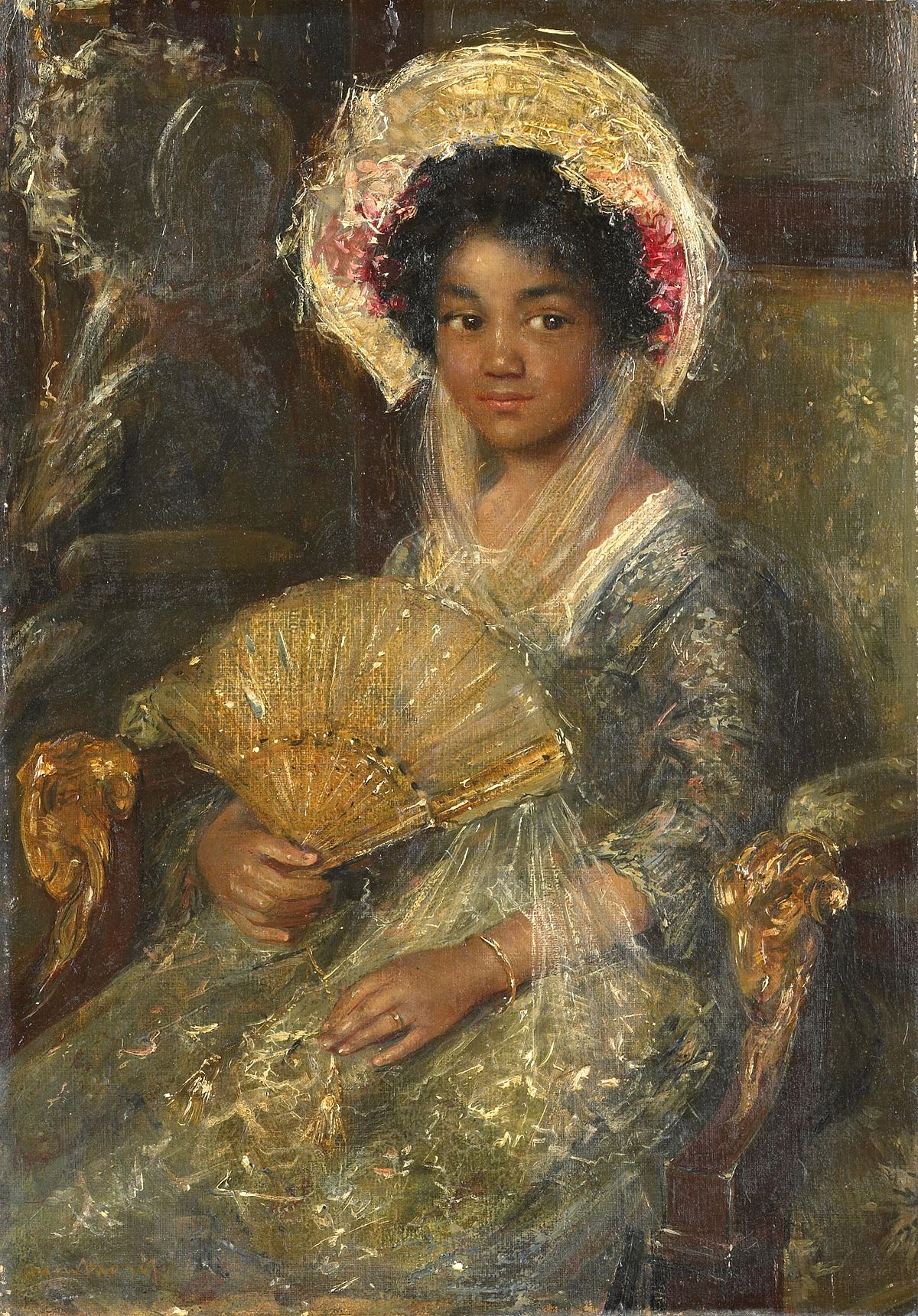
Recollections of a Bleeding Heart
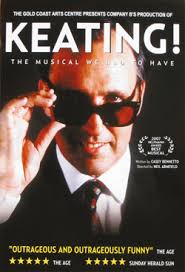
(by Don Watson)
A portrait both affectionate and sharp, of Paul Keating, Australia’s Prime Minister from 1991 to 1996, beautifully written and constructed by his ‘bleeding heart’ speechwriter (scribbling for him 1992-96). For all his faults, Keating was a remarkable polemicist and his panache, once he had got to grips with a concept, or a slip by the enemy, was extraordinary.
Best example: turning John Hewson’s budget reply charge that Keating would “pull everyone down to the lowest common denominator” into a lethal riposte: “Nothing Keating said in 1992 was as good as this. John Hewson had defined himself as Gordon Gecko. The Prime Minister would never quote it back in the awkward form of the original. He would say, ‘John Hewson says if you reach back for them, they will drag you down.’ Six months later he had developed such a way with the line you could sense a surge of shock and anger in the audience. Just as remarkably, you could sense it in yourself.”
Continue Reading →Primary

(dir. D.A. Pennebaker) (1960) (Redux 2013)
Very slight and grainy documentary by today’s standards.
Clearly an outsider’s view, despite the intimacy of the footage. Hubert Humphrey was the only candidate heard discussing policy: hence you knew he was doomed.
Continue Reading →Power Without Glory

(by Frank Hardy)
Never mind that Hardy was an unreconstructed Commo; this is a great, great-big book, a scandalous roman-a-clef based on a Collingwood Mafioso, John Wren and his rise (and rise). Blessed with no literary touches but a lot of narrative drive, the book has become, in its unpretentious way, a landmark of Australian literature. Hardy had to overcome a myriad hurdles to get his work published and only then did his troubles really begin, in the form of various reprisals, including an almost ruinous trial for criminal libel.
Continue Reading →Picasso Exhibition

(Sydney Art Gallery)
I have to admit that the hanging I most appreciated said “EXIT” in illumined green and white…

Wyndham Lewis had this to say of Picasso (1881-1973) in 1940:
“Cézanne is the great influence: that, and the arts of primitive man…Picasso is parasitic…he is at the same time original. His originality is of a technical order…And were Picasso a musician, he would be able to play a dozen instruments, and be as adept with a kettledrum as with a harp. But he would not be a Bach or a Beethoven…He is such a great, luxuriant, voracious, plant: and he is a little too much of the liana – the prolific, tropical creeper – rather than the solid giant of the forest – to which description Daumier, or Cézanne, or Goya answers, but he does not.”

Weeping Woman 1937 Pablo Picasso 1881-1973 Accepted by HM Government in lieu of tax with additional payment (Grant-in-Aid) made with assistance from the National Heritage Memorial Fund, the Art Fund and the Friends of the Tate Gallery 1987 http://www.tate.org.uk/art/work/T05010
The criminal genius who stole one of Pablo’s repellent series of “Weeping Woman” works had the right idea – he swiped it from the NGV and stowed it safely at Spencer Street Railway Station, in a locker, where nobody had to see it – but then it was recovered. Picasso, the master showman / shaman of 20th century painting, would have approved.

Parting the Waters

(by Taylor Branch)
This is the first of a trilogy re American civil rights politics under the stewardship of Martin Luther King Jnr, covering the years 1954 to 1963, ending with the march on Washington and the death of JFK. This giant work is bigger than a mere bio of King and its scholarship and sheer mass of detail is leavened with clear and eloquent prose and mature reflection.
No panegyric, this: King is treated as a human, remarkable though he was, and as the politician he surely was. A wonderful work that demands to be read and read again. The Varnished Culture admits with embarrassment to having not yet taken on the last 2 pieces of the jigsaw, Pillar of Fire and At Canaan’s Edge. Thumbnail reviews to come in due course.
On August 28 1963 came a high point of the civil rights movement in America – the March on Washington for Jobs and Freedom. Taylor Branch has a brilliant chapter on this thrilling moment, carefully deconstructing the machinations that led to the culmination, where King addressed several hundred thousand people and millions more on television: “He recited his text verbatim until a short run near the end: “We will not be satisfied until justice runs down like waters and righteousness like a mighty stream.”…[Then King abandoned some lame suggestions in the speech to advance the cause in various communities and instead he urged continued struggle to bring change ‘somehow.’] “There was no alternative but to preach. Knowing that he had wandered completely off his text, some of those behind him on the platform urged him on, and Mahalia Jackson piped up as though in church, “Tell ’em about the dream, Martin.” Whether her words reached him is not known.” Courtesy of You Tube, here’s the concluding portion of the “I Have a Dream” speech, 28 August, 1963:
Continue Reading →

